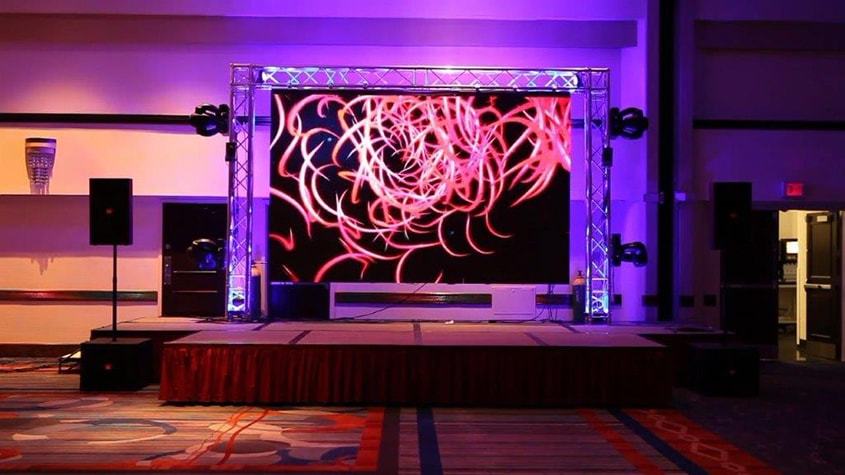Investigating various Impact from Various LED Techniques on Luminance Intensities and These Applications
Wiki Article

Light Producing Devices, generally known as LEDs, have transformed the way we consider about illumination. Such tiny components produce light when an electrical flow flows across these. The luminance intensity of LEDs differ considerably based on the kind of technology employed. Various LED types such as traditional LEDs, powerful LEDs, and organic LEDs (OLEDs) provide distinct advantages and applications. Comprehending these variations assists consumers and businesses choose the most appropriate LED solutions for their needs.
Standard LEDs are the most common type and are widely used in daily applications such as indicator lighting on devices and aesthetic illumination. They generally produce a reduced amount of illumination, which renders them suitable for applications in which less intense illumination is needed. Such LEDs are energy-conserving and have a extended service life, which is why they are preferred for utilization in residences and offices. Their effectiveness is gauged in lumens per watt, rendering them an cost-effective option for dim illumination solutions.
High-power LEDs, on the other hand, are engineered to generate significantly more light than traditional LEDs. Such LEDs can be found in applications that require intense illumination, such as roadway lighting, headlights, and commercial lighting. The enhanced lumens results from the ability to manage greater levels of electrical flow, permitting them to emit more lumens. High-power LEDs are also energy-conserving, making them a popular option for outdoor and commercial lighting initiatives where visibility and security are crucial.
Flexible LEDs (OLEDs) offer another innovative option in the LED landscape. In contrast to traditional LEDs, OLEDs use carbon-based compounds to emit light. This technology enables for thinner and greater adaptable designs, rendering OLEDs perfect for contemporary displays such as TVs, smartphones, and tablets. Although OLEDs can provide excellent hue quality and clarity, they are generally more costly and have a limited lifespan compared to traditional and high-power LEDs. Their distinct characteristics make them appropriate for applications in which design and aesthetic quality are valued, such as in premium consumer devices.
The discover this info here selection of LED method ultimately is based on the specific requirements of the consumer. Factors such as luminance, energy efficiency, and usage requirements play a major role in deciding which type of LED is best suitable. As advancements continues to advance, the evolution of LED products will likely lead to even more effective and versatile lighting solutions for different industries and everyday utilization. Understanding navigate to this site the influence of different LED types on brightness levels is crucial for executing informed decisions about illumination options in both residential and business environments.